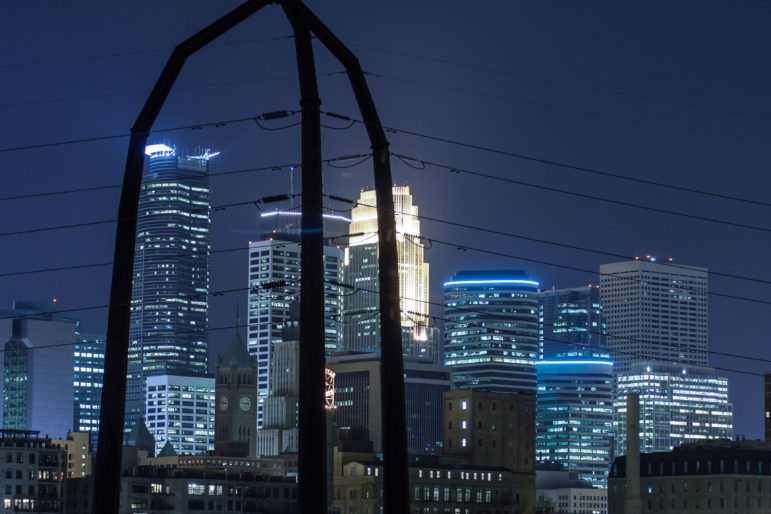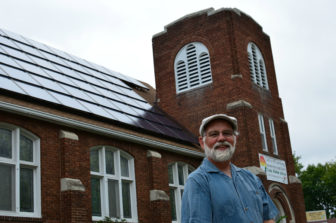
Photo credit: Tom Webster
The poles and wires that make up our grid have been designed to facilitate the flow of electricity in one direction: from a huge power plant to an end use appliance in your home. As Minnesota moves from centralized coal plants to cleaner distributed energy resources like wind and solar, the flow of electricity on the grid is no longer going in just one direction. We need to modernize the rules that govern our electric system to ensure new clean energy can come online.
As we electrify more of our economy, we will need more clean energy and a high performing grid. By 2050, an all-electric economy could double the amount of electricity we consume.
Measure what you value
Utilities have immense amounts of infrastructure to maintain and modernize. Creating a simple, comprehensive analysis of that infrastructure can help ensure we find weaknesses and fully leverage strengths. Some areas of the grid are robust enough to “host” distributed resources like wind and solar systems with minimal changes, while other areas may require lengthy study and costly infrastructure upgrades. As we prepare for higher penetration of renewables on the distribution system, understanding the grid’s “hosting capacity” is a key first step. You can’t make progress without knowing where you’re starting from.
Protect your investment 
Special fees for self-generating consumers have been an emerging tactic across the country for utilities attempting to make it more expensive for their consumers to “go solar” (or wind in this case). Rather than making things harder for families, businesses, and farmers to invest in clean energy, Fresh Energy is laser focused on removing barriers for those consumers.
Low hanging fruit
When do you use electricity? If you are like most Minnesotans, you turn up the air conditioner in the late afternoon in the summer and run a few appliances when you get home from work. When lots of consumers follow this pattern, it creates a large “peak” demand that is expensive and inefficient. With time-of-use electricity pricing, customers are encouraged to shift consumption away from peak times, reducing stress on the electricity system, decreasing carbon emissions, and saving money in the process! Modern rate design, coupled with simpler rules for connecting to the grid, could immediately jump start the development of clean energy.

